Facing the future: AI in focus
ISMR flew to Germany to discover the latest artificial intelligence (AI) developments from sheet metal specialist, TRUMPF, and visit its INTECH exhibition held from 9-12 April 2024.
====
TRUMPF is a high-tech company offering manufacturing solutions in machine tools and laser technology. It drives digital connectivity in manufacturing through consultancy, platform products and software. It is one of the technology and market leaders in highly versatile machine tools for sheet metal processing and industrial lasers.
In 2022/23, the company employed some 18,400 people and generated sales of about 5.4 billion euros. With over 80 companies, the TRUMPF Group is represented in nearly every European country as well as in North America, South America and Asia. The company has production facilities in Germany; France; the United Kingdom; Italy; Austria; Switzerland; Poland; the Czech Republic; the United States; Mexico and China.
ISMR flew to Germany to discover the latest artificial intelligence (AI) developments from TRUMPF and visit its INTECH exhibition, which was held from 9-12 April 2024. It toured TRUMPF’s huge headquarters in Ditzingen, with award-winning industrial architecture, that houses its production, a collection of modern art and a well-equipped education centre.
An eye on AI
TRUMPF is continuing to expand its activities in artificial intelligence (AI). Berthold Schmidt, Member of the Managing Board, Chief Technology Officer, TRUMPF, commented: “In five years’ time, we want to be the leading user and leading provider of AI solutions in our industry. By then, there should no longer be a job at TRUMPF that does not have some connection to AI.”
The company will strengthen and coordinate its activities in the future with a new competence centre to make internal processes even more efficient with the help of AI. TRUMPF recognises AI’s potential for increasing productivity in, for example, software development and administrative areas. It also wants to bring more AI innovations to the market for its customers in the machine tool, laser technology and electronics sectors.
Stephan Mayer (CEO, Machine Tools, TRUMPF) explained: “Digitalisation and AI go hand-in-hand. As a leading provider of networked manufacturing, TRUMPF is also able to secure a market-leading position when it comes to AI. For our customers, this means productivity and efficiency gains along the entire sheet metal process chain, regardless of the size of the company.”
“AI is strategically highly relevant for TRUMPF. Analysing sensor data with the help of AI algorithms enables better solutions for our customers,” added Hagen Zimer (CEO, Laser Technology, TRUMPF) during the AI panel discussion at INTECH.
TRUMPF already offers its customers solutions that work with AI. In machine tools, for example, its AI solutions support users in sorting cut components or improving the design of assemblies. In laser technology, TRUMPF’s AI solutions help with process control. This reduces disruptive influences such as contamination or scratches on a component.
On the hardware side, TRUMPF already supplies key components for expanding the computing capacity for AI developments with EUV and TRUMPF Photonic Components.
TRUMPF is already working with AI to make its own processes more efficient. One example is the pilot project for an AI-based language model for technical service, which works in a similar way to Chat GPT.
If a machine malfunctions, the service engineer can ask the AI how to solve the problem. To do this, he enters all the details of the fault, such as the error message, into the software’s user interface. Within a few seconds, he receives possible solutions. As the software continuously learns from TRUMPF’s service reports, the quality of the answers is also continuously improving. This reduces the workload on service staff and machine errors can be rectified more quickly.
“Around 90 TRUMPF employees worldwide focus on AI, primarily in product development. A significantly larger number come into contact with AI in their daily work,” confirmed the company.
New AI software and solutions
At this year’s in-house INTECH exhibition, TRUMPF unveiled an initial version of a solution that provides designers with support based on artificial intelligence (AI). Its iAssist software analyses improvements to assemblies and suggests ways of realizing this design potential. Designers can upload the STEP file for the assembly. In a couple of seconds, the AI-based software analyses the data and generates a result.
“With iAssist, designers can achieve very good results much quicker,” explained Jörg Heusel, R&D manager for sheet metal design at TRUMPF. “Instead of improving the parts using trial and error, the software automatically shows where the greatest potential for optimisation lies. This generates better results and helps companies become more efficient.”
During analysis, iAssist also takes economic factors into account and shows, for example, how material can be saved or production steps eliminated.
On this project, Heusel’s team is working with Optimate, a start-up company spun off from TRUMPF, and the Karlsruhe Institute of Technology (KIT). The iAssist solution uses AI algorithms from Optimate to improve individual components and an algorithm trained by TRUMPF to optimise the assembly as a whole. For this purpose, Heusel and his team have classified over 2,000 assemblies in terms of their potential for optimisation.
In parallel, KIT students are using iAssist to improve the design of assemblies. TRUMPF then uses this data to further train the AI.
“Working with the KIT students has demonstrated the advantages of iAssist,” said Heusel. “After just two or three passes with iAssist, most students (even beginners) were starting to achieve very good results.”
At present, TRUMPF is making iAssist available free of charge to all interested users.
“Customers can use the software to optimise their components,” Heusel explained. “We, in turn, can then use their data to further train the AI and continuously improve the quality of its analysis.”
TRUMPF has further plans for the software: to connect the design data for components with production data from the machines used to manufacture them.
To read the rest of this article in the May 2024 issue of ISMR, see https://joom.ag/Q1kd/p30



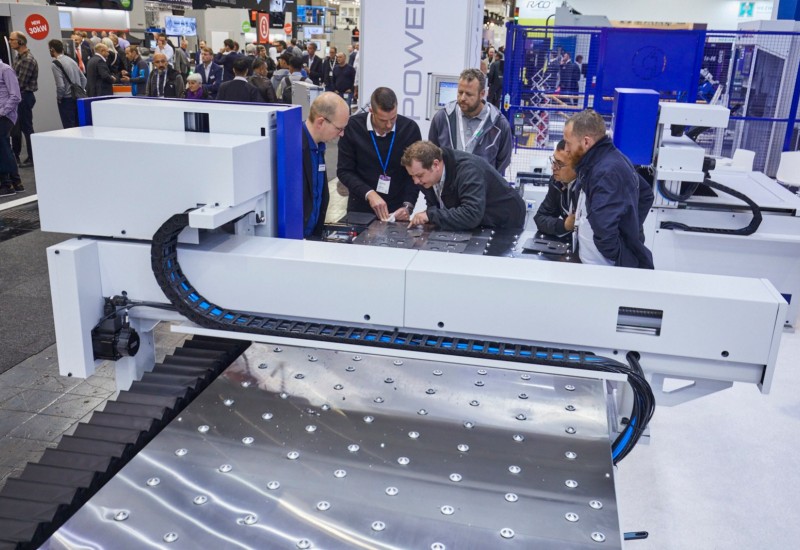
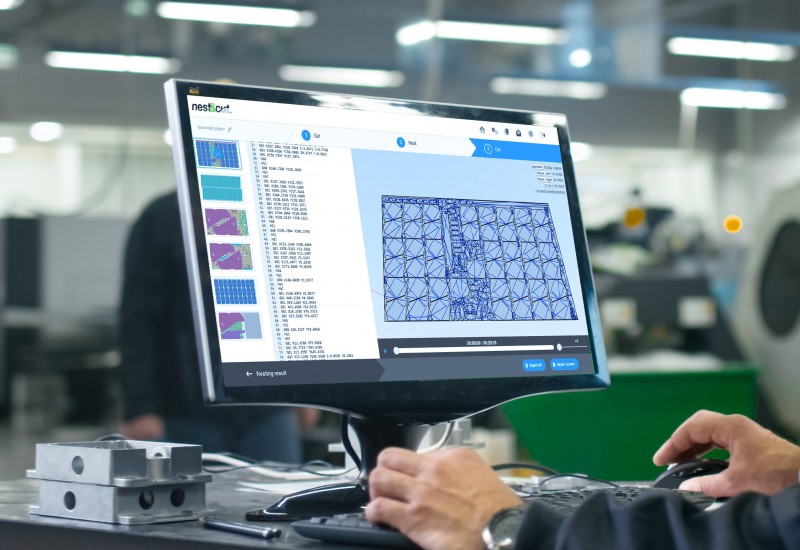

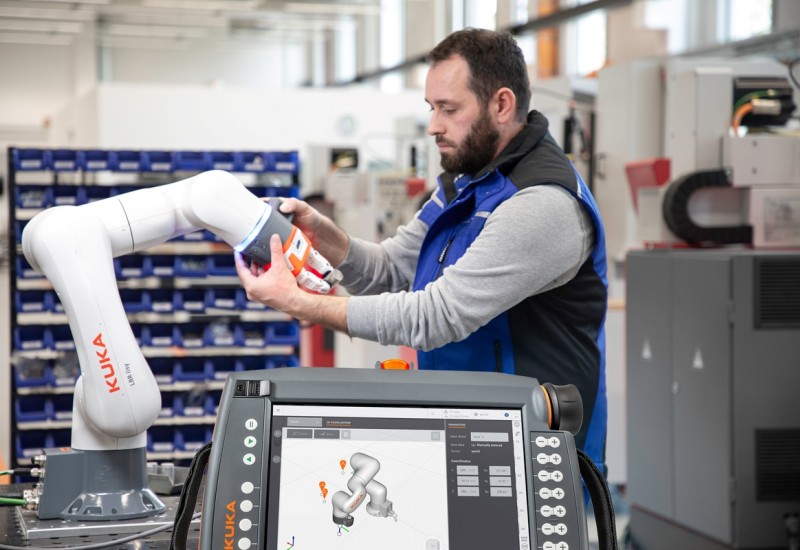
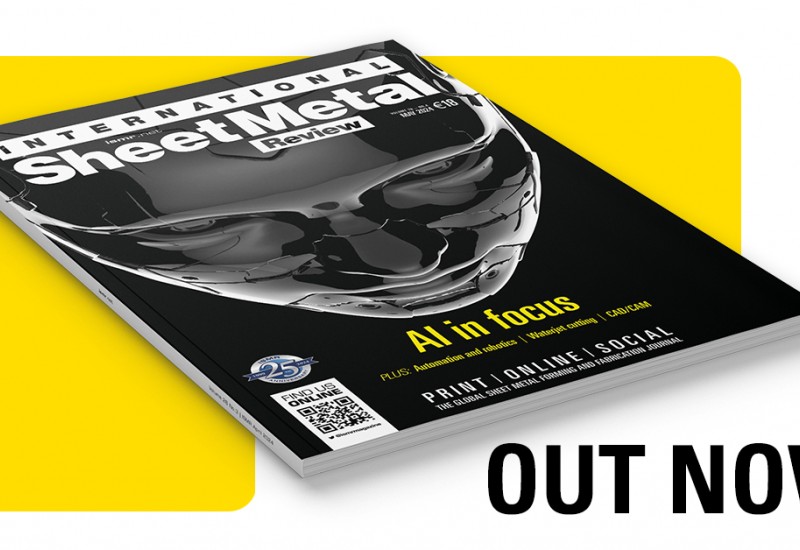
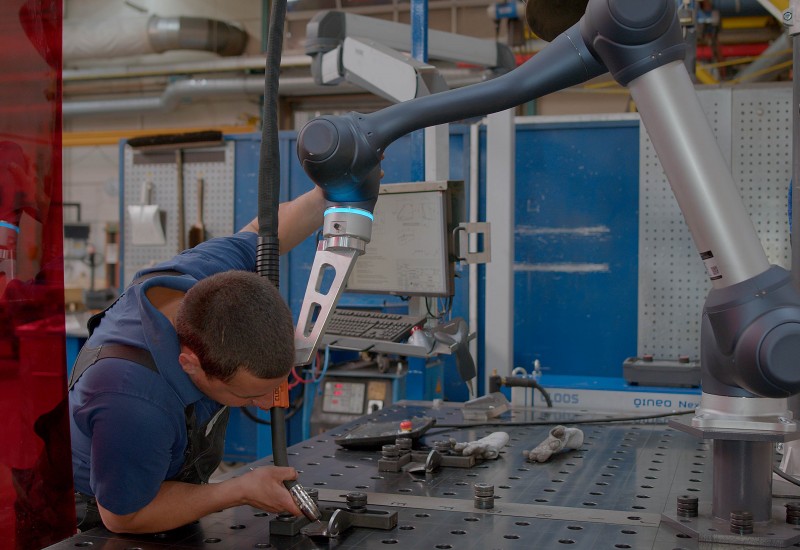
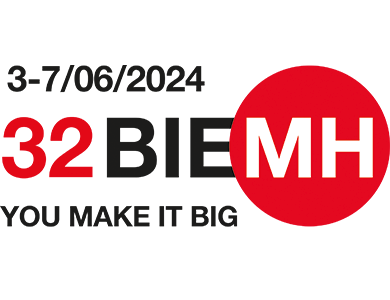





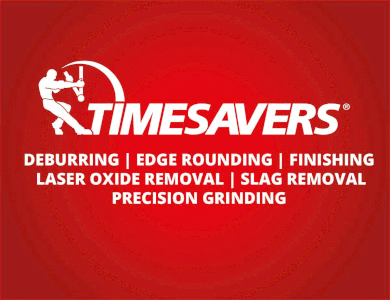
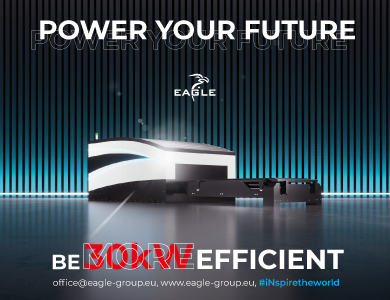
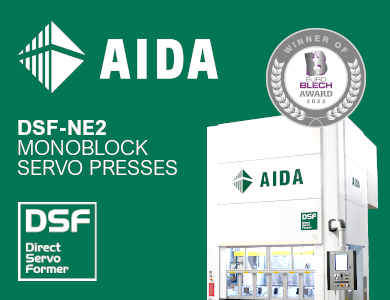
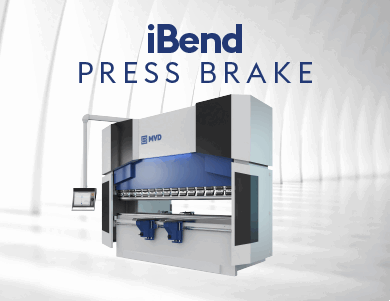


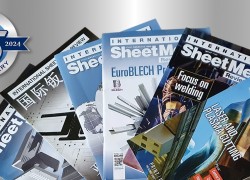

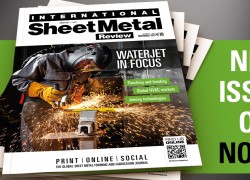
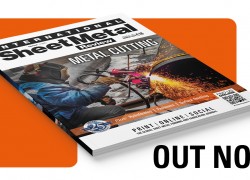
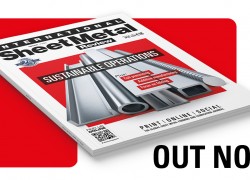

Recent comments